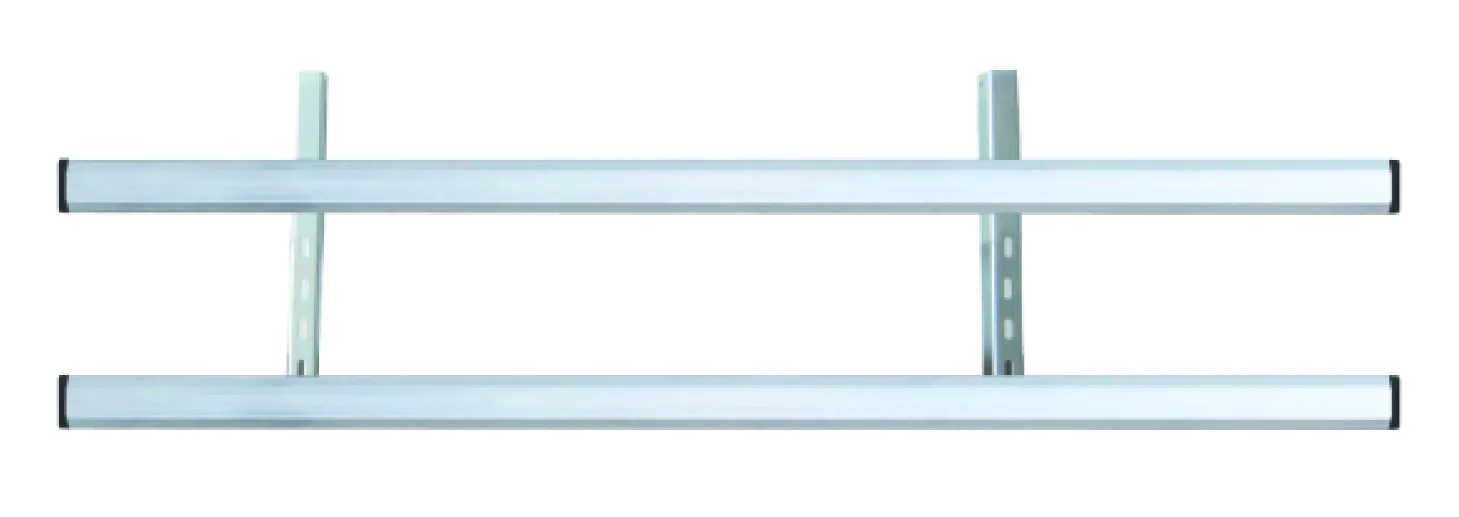- This topic is empty.
-
AuthorPosts
-
17/05/2024 at 16:22 #2468
In modern transportation, truck side guard rails are crucial safety components that protect vehicles from side impacts. The choice of material plays a vital role in the performance and durability of the guard rails. Steel and aluminum are the two main materials used to manufacture truck side guard rails, and each has unique physical and chemical properties that determine their suitability for specific applications.

Properties of steel and its impact on truck side guard rails
Steel is an iron alloy that typically contains less than 2% carbon and other alloying elements such as manganese, silicon, aluminum, etc.
The main characteristics of steel include:
High strength: The strength of steel makes it an ideal material for withstanding high impact loads.
Good toughness: Upon impact, steel can absorb and disperse energy, reducing the damage to the vehicle from the impact force.
Corrosion resistance: Steel can be made corrosion-resistant to some extent through galvanization or coating, although it is not as naturally corrosion-resistant as aluminum.
Cost-effectiveness: The cost of steel is relatively low, making it suitable for mass production.
These properties of steel make it an ideal choice for truck side guard rails, especially in applications that require withstanding significant impact loads. However, the higher density of steel can lead to increased weight of the guard rails, which can affect the vehicle's fuel efficiency.
Properties of aluminum and its impact on truck side guard rails
Aluminum is a lightweight metal with the following main properties:
Lightweight: The density of aluminum is about one-third that of steel, making aluminum guard rails much lighter than those made of steel.
High corrosion resistance: Aluminum naturally forms a dense oxide layer in the air, providing natural corrosion protection.
Good thermal conductivity: Aluminum has better thermal conductivity than steel, which helps to quickly disperse the heat generated by impacts.
Recyclability: Aluminum is a recyclable material, making it environmentally friendly.
The lightweight nature of aluminum guard rails gives them an advantage in improving vehicle fuel efficiency and reducing emissions. In addition, the high corrosion resistance of aluminum reduces maintenance costs, and its good thermal conductivity helps enhance the performance of the guard rails in high-temperature environments.
Comparison of steel and aluminum
In the application of truck side guard rails, steel and aluminum each have their advantages and limitations.
Comparison of the two materials:
Weight: Aluminum guard rails are lighter than steel guard rails, which helps to improve the vehicle's fuel efficiency.
Cost: The cost of steel is usually lower than that of aluminum, making steel a better choice for cost-sensitive applications.
Durability: The durability of steel depends on its alloy composition and heat treatment process, while the durability of aluminum relies on its corrosion resistance.
Maintenance: The maintenance cost of aluminum guard rails is lower because of their natural corrosion resistance, reducing the need for coatings and anti-corrosion treatments.
Steel and aluminum each have their advantages and are suitable for different application scenarios.
-
AuthorPosts
- You must be logged in to reply to this topic.


